Hygiene Museum? Yes, there is such a thing
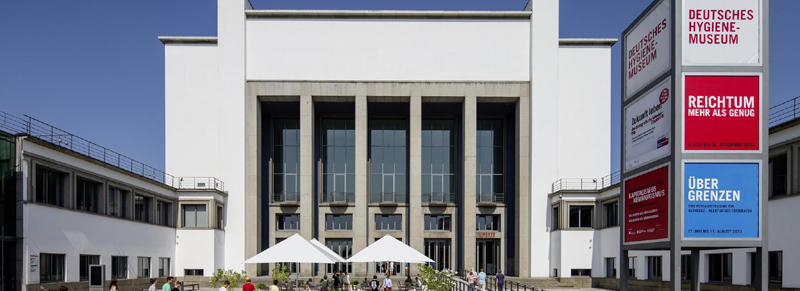
Wandering Europe, you will find many gems to see. Thanks to the Euroweekends you can go anywhere, just point your finger on the map. Our finger pointed to Dresden. The city of dozens of museums, including the hygiene one.
It is said that cleanliness is next to godliness. Considering how much bacteria is lurking from everywhere, there’s probably something true about that. Having the right hygiene habits today is a natural thing for us. However, a short overview of history shows that it has not always been so at certain stages of social systems.
Public baths and first soaps
Already in ancient Egypt they knew that personal hygiene was important. It was mainly women who clung to it, who have also used cosmetics in addition to regular bathing. For ancient Rome, public toilets and baths were typical, instead of toilet paper, they used a sponge on a stick soaked with water and treated their bodies with various fragrant oils.
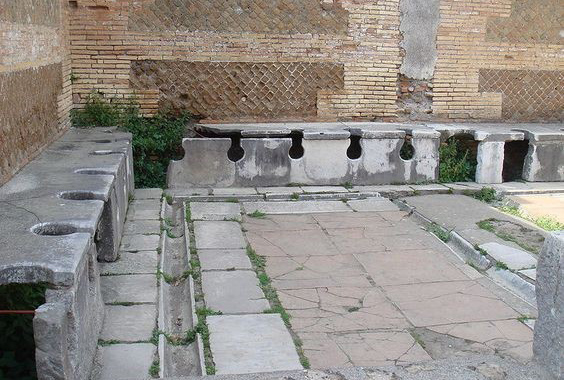
Pompeii public toilets (source: rieth.hu/Utiemlekek/Pompei.htm)
The formation of soap (but not in the form we know it today) is attributed to the Babylonians. Inscriptions on clay pots, that were found during excavation work, referred to it. Even for ancient Greece, bathing was not an unknown process, but soap was not used. Instead, they used ashes with oil, which probably acted as a skin scrub.
With the advent of the Middle Ages, hygiene habits went to rack and ruin. The church was also to blame claiming that bathing arouses lust and the spa serves as a brothel. Insufficient hygiene was typical especially for the poor. They didn’t have much opportunity to take care of themselves, mostly they bathed in rivers or in barrels – the whole family and the same water.
Dresden Museum not only about cleanliness
If you want to learn more about human hygiene, it is definitely worth visiting the German Hygiene Museum in Dresden (Deutsches Hygiene-Museum). Its origin is associated with Karl August Ligner, who was one of the organizers of the 1st International Hygiene Exhibition (1911). Things that were used for daily body care, however, are just a small part of what awaits you at the museum. It’s a kind of universal museum about humans. It focuses on health education, cultural and social status of man.
But don’t expect a boring show behind the glass. The museum is very interactive, and you can spend hours with your children there. You can try The Five Senses exhibition to experience up to 13 experiments. Particularly interesting is The Human Adventure exhibition, which includes topics such as Eating and Drinking, Sexuality, Living and Dying, Beauty, Skin and Hair, The Transparent Man… Of course, this is not everything; it is better to see something once than to read about it a thousand times ?
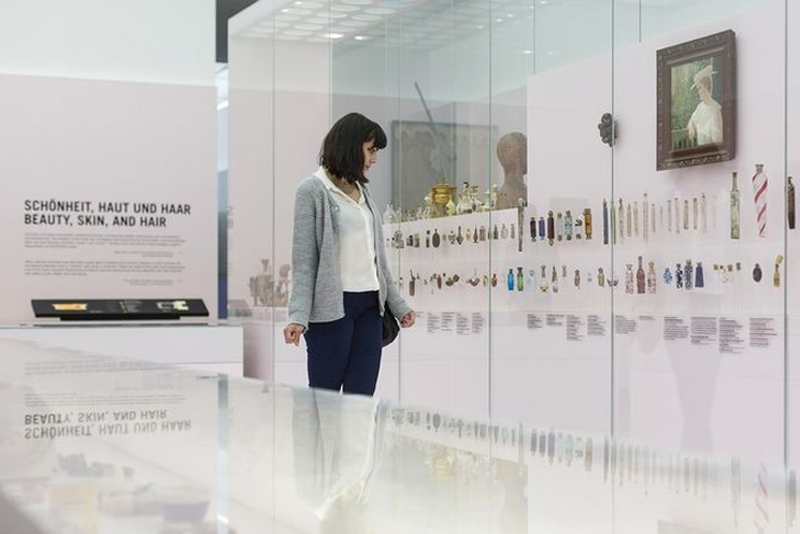
Dresden Hygiene Museum (source: dhmd.de)
Another hunt for hygiene
In addition to the Dresden Exhibition Centre, you can also visit the Hygiene Museum in St. Petersburg. Although it is not as interactive as the German one, it certainly does not lag behind it. Here, too, you can see several bizarre exhibits such as burnt smoking lungs or liver damaged by alcohol. Not only are individual parts of the human body revealed here, but also the consequences of neglected hygiene and bad habits… After this visit, your children will have a lot of questions for you. But you will certainly learn something too.
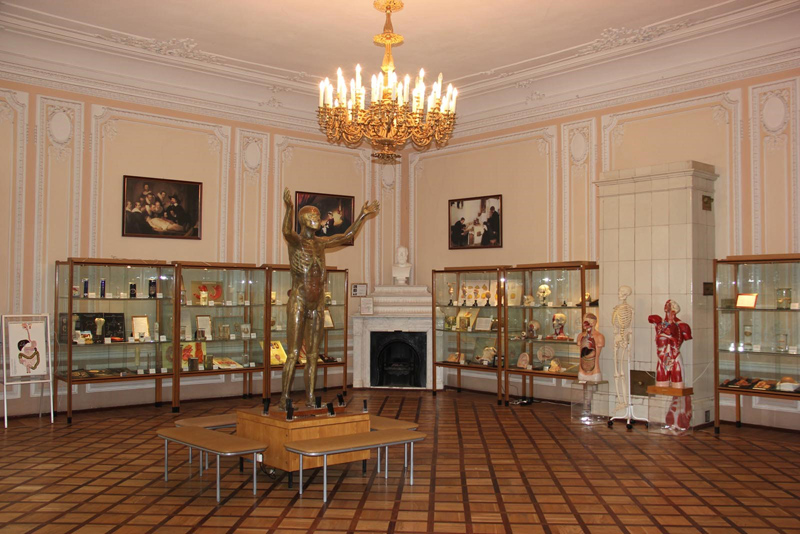
St. Petersburg Hygiene Museum (source: gcmp.ru)
If you would like to look for truly bizarre pieces related to hygiene and human needs, visit the Prague’s Museum of Historical Toilets and Chamber Pots. The great news is that you don’t have to travel to Prague at all. For more than a year, you can have a virtual tour of the museum.
So, what’s waiting for you there? The name itself suggests everything. Pots and toilets of various shapes and materials, carriage-like toilets, armchairs, various curiosities, printed toilet paper and other personal hygiene aids. Very unique are the potty made for Napoleon Bonaparte, Chinese Emperor Chi-Lung and also the potty from the sunken Titanic or Lincoln’s bedroom in the White House. Together there are 2,000 exhibits from the 15th century to the present day.
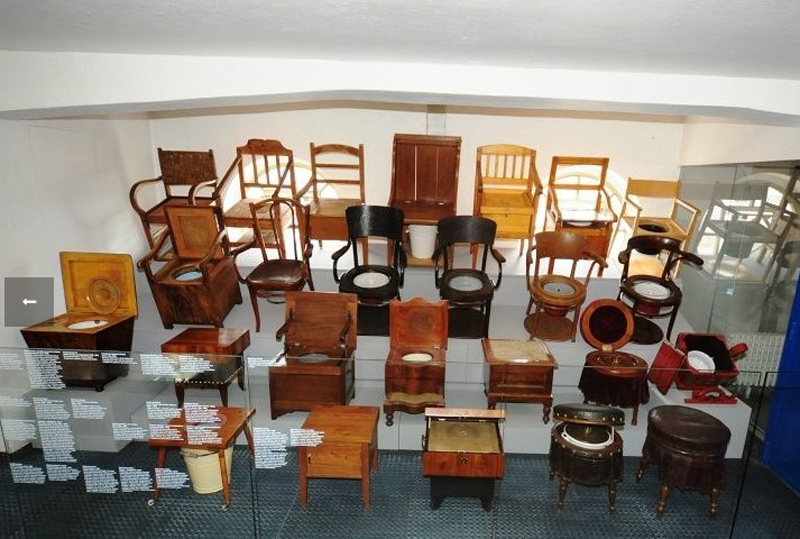
Museum of Historical Toilets and Chamber Pots (source: muzeumnocniku.cz)
Famous people that didn´t care about hygiene
From significant personalities of the past and present you would expect to be an example in their habits. But it´s the very opposite. Among the enemies of hygiene was Scottish King James VI. He wore the same clothing for several months, even slept in it. He believed that frequent bathing was causing health problems.
Maybe it will surprise you, but even the French King Louis XIV. wasn´t very much fond of bathing. He, supposedly, took only three baths in his entire life, involuntarily. However, he rinsed his hands and face, changed his clothes twice a day, depending on how much he sweated.
Everyone knows Albert Einstein as a tousled physicist who obviously wasn´t friends with a comb. But that was only the beginning of his bad hygiene habits. Since his colleagues often complained about his smell, bathing was obviously not one of his strengths.
Who would have said that the sex symbol of the 1950s Marilyn Monroe didn´t get on first name terms with hygiene? According to various witnesses, she enjoyed a meal in the bed, where she left the remains, too.
Did you know that…?
Some hygiene slackers are also reported to be among Hollywood stars. A dishy guy, from a vampire saga Twilight, Robert Pattinson does not like washing his hair or himself. He changes his clothes only when he really smells. And even the eternal breaker of female hearts, Brad Pitt, doesn’t care about hygiene very much. Instead of regular showering, he prefers refreshing with cosmetic wet wipes. According to the cleaners, the pop singer Britney Spears also avoids the shower. In addition, she doesn´t use any deodorant and does not clean after herself.
Compared to these Hollywood stars, we Europeans are very fond of cleanliness, especially what concerns household hygiene. Not only are the shelves in the shops full of cleaning and sanitary products, but even at home on the shelves we have a variety of aids to ensure body hygiene and cleanliness of the household. Most of us don´t give a chance to spreading of different bacteria and diseases.
Title image source: facebook.com/dhmdresden/photos/a.397508386934257/629873110364449/?type=3&theater
Christmas bonuses and benefits: how to communicate them efficiently to employees
For most people, Christmas is a time of relaxation, gratitude,...
Show moreOptimizing storage of raw materials before the holidays: hints for effective stock organization
The holiday season brings increased demand on supplies, whether in...
Show moreSlow living and festive decoration: how to create an eco-friendly Christmas atmosphere
The Christmas season is a symbol of joy and closeness....
Show more
 cleanliness
cleanliness 

